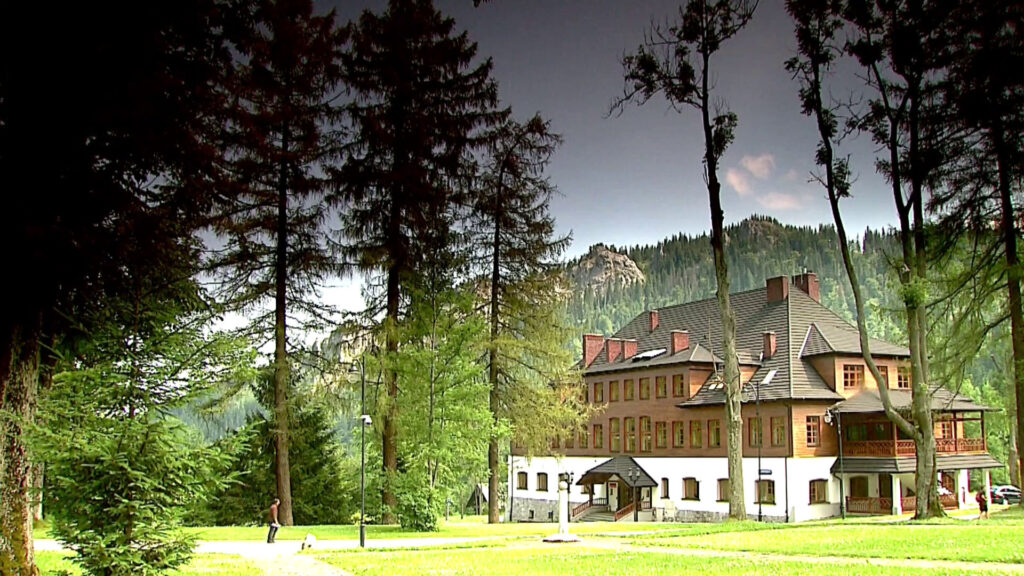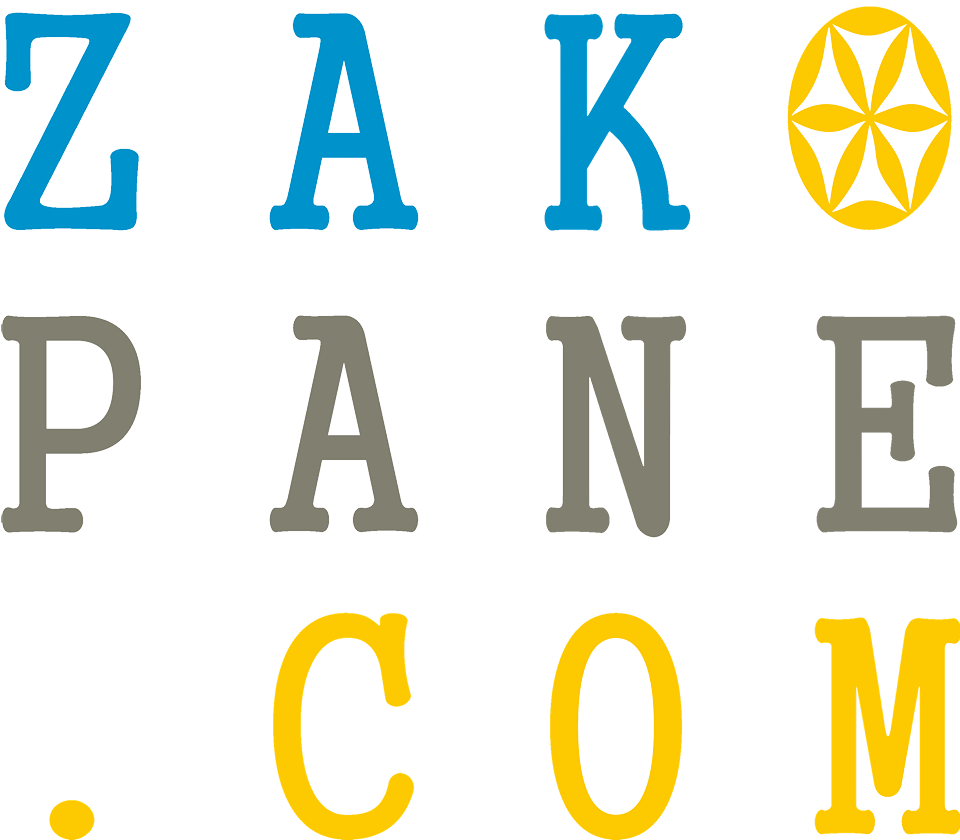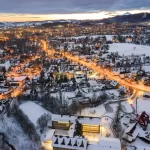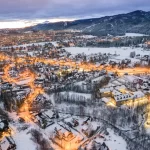Do you know who we owe Zakopane to?
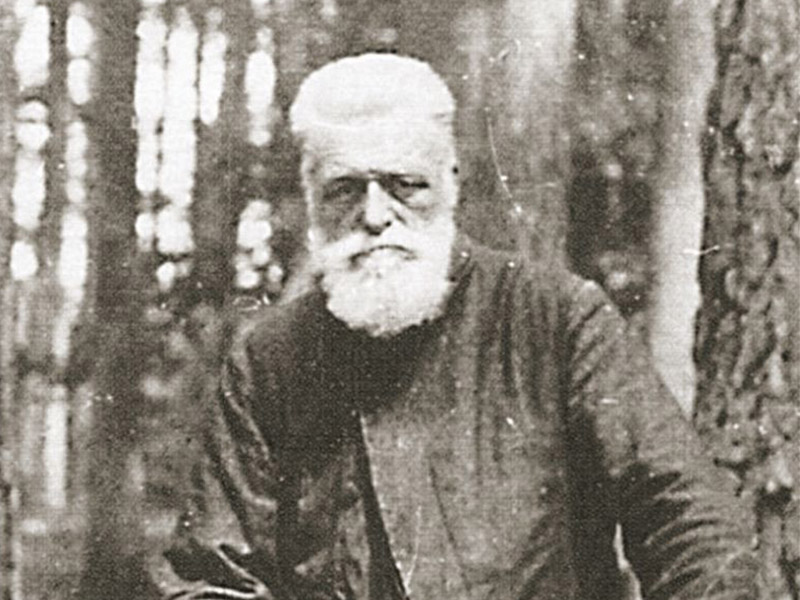
Do you know to whom we owe Zakopane, Tatra National Park and even Morskie Oko? Before you go to Zakopane for the first time, or like many of us, if you have been there many times, it is worth getting to know Count Władysław Zamoyski, who was born and educated in France, but came and took inherited goods in Kórnik then under Prussian rule. He turned out to be a real patriot. Patriotism is today a rare attitude of respect, love and devotion to one’s homeland. It is a pity that, with so many examples in Polish history, few of us openly call ourselves a patriot.
Zakopane was lucky that in 1888 Count Władysław Zamoyski was in Galicia. The owners of Zakopane at that time were German speculators, Eichborn and Pelz, who only carried out forest plunder there. When they went bankrupt in 1888, Zakopane, along with a large part of today’s Polish Tatra Mountains, was put up for auction. There were two serious candidates for buyers: prince Krystian Kraft-Hohenlohe-Oehringen, a German, owner of the Tatra lands adjacent to Zakopane, and Jakub Goldfinger, a Jew, owner of a local paper factory. The German magnate announced that he would liquidate the climate station and that none of the Polish visitors would have access to Zakopane, and the Jewish industrialist intended to continue destroying the Tatra forests.
In February 1888, Zakopane was bought by Goldfinger. however, this tender was canceled for formal reasons. It was simply about the propaganda effect, which was to stimulate Polish society to action. Dr. Józef Rettinger, the count’s attorney, actually managed to cancel the contract concluded with Goldfinger soon, which made it possible to take appropriate action. The second auction was scheduled for May 9, 1889, so there were several months left for the collection of appropriate funds that would allow the Zakopane property to be taken over. At that time, Zamoyski traveled almost all of Galicia in search of a candidate for a buyer, but he was refused everywhere, as wealthy landowners and industrialists saw no sense in buying depleted forests and wild crags, which, after all, could not generate income.
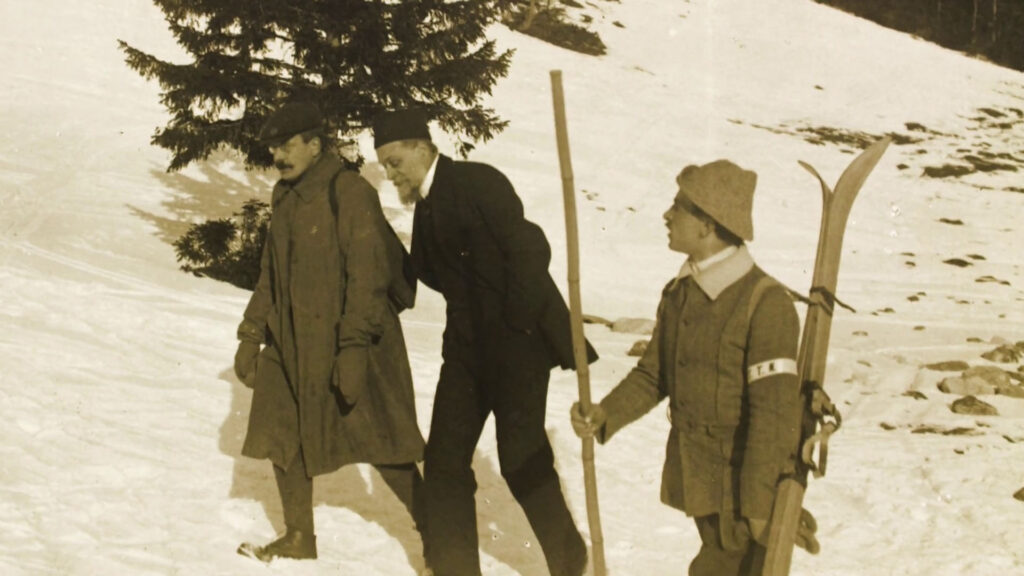
In this situation, Count Władysław Zamoyski, after consulting his mother, decided on the eve of the auction that he would buy the Zakopane goods himself. He immediately notified Dr. Rettinger in Kraków about his decision, who was to enter the tender on his behalf. The attorney received an instruction from Zamoyski, according to which he was obliged to add only one cent to each amount submitted by competitors, regardless of the amount of the auction. The count won the auction and bought the Zakopane goods for 460,002 zlotys and 3 cents. He bought a property, which was then referred to as “a pile of stones” stripped of trees, because no one else wanted it all. Zamoyski risked a lot, because those who wanted to buy it only to exploit the rest of the people, the forests for paper and the stone for rubble…
In this way, he put an end to the devastation of the Tatra forests and introduced rational forest management in the purchased areas. He supported the activities leading to the modernization of Zakopane, and financially supported local social activities. His efforts led to the launch of the Chabówka railway line. The count wanted Poles to work on the construction of the line, so he did not want to allow Germans and Jews to participate in it and refused to sign a contract with a pre-selected company that did not have Polish capital. He preferred national reasons over economic calculations and did not hide his aversion towards other nationalities, especially in cases where their involvement would suffer the broadly understood socio-economic interest of his countrymen.
The area purchased by Zamoyski also included Morskie Oko, to which the Hungarians claimed. The Hungarian side demanded that a border be delineated, running from Rysy to Czarny Staw and through the pond to Morskie Oko to the place where Rybi Stream flows, along it to the junction with the Biała Woda Stream. The Galician side (Poland), on the other hand, demanded the maintenance of the existing border leading from Rysy along the Żabi Ridge to the runoff of the Rybi Potok and Biała Woda rivers.
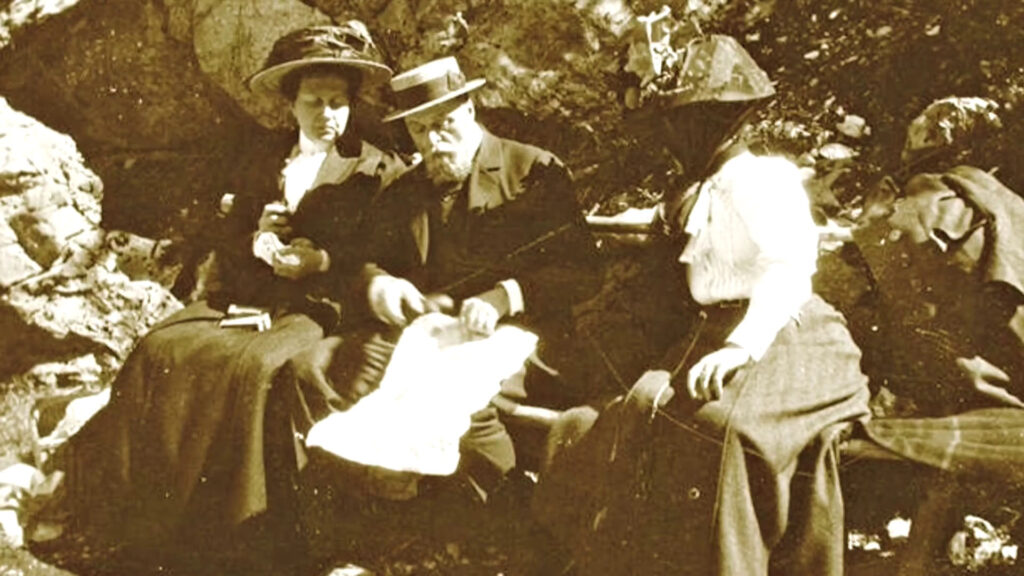
The representative of the Hungarian side argued that Morskie Oko had belonged to the crown of St. Stefan from ancient times, and that the Białka River should be considered as the border, while on the Polish side, the greatest defender of Galicia’s rights to Morskie Oko was Oswald Marian Balzer, a professor at the University of Lviv and a historian of Polish law.
In the international court in Graz, he obtained a judgment in 1902 including the area of Morskie Oko within the borders of Polish lands and ending the dispute over the Tatra lands. And Zamoyski played a major role in the border dispute over Morskie Oko, largely contributing to its victory.
In 1933, the Commune of Zakopane, to commemorate his merits, named the road leading to Morskie Oko after Oswald Balzer. In Zakopane, the Secondary School is named after Osfald Balzer, on the wall surrounding the Old Cemetery in Pęksowy Brzyzek there is a plaque dedicated to this distinguished Pole.
Today, in Zakopane, in Krupówki, there is a monument to Władysław Zamoyski. He was a great patriot, a great social activist. He was an extraordinary figure, he always walked around modestly, lived in one room, did not throw parties. Ultimately, he gave everything he had to the foundation he had created, which was to serve the nation and society.
Now we can only guess what Zakopane would be if Count Zamoyski had not invested in the Zakopane lands, a German resort or a Jewish sawmill?
